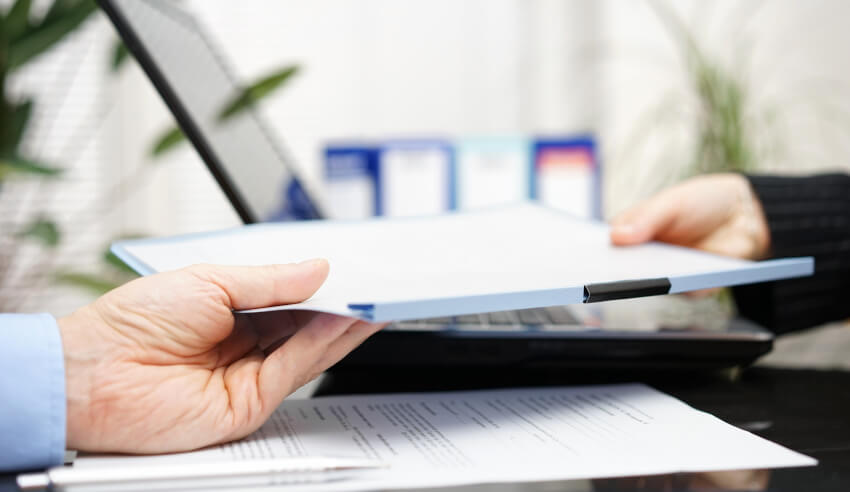A new guide has offered an insight into the role of an expert and how legal practitioners should best engage one.

The Practitioner’s Guide to Briefing Experts was recently unveiled by NSW Young Lawyers and Unisearch, offering a go-to for lawyers who are looking to engage an expert.
As an introduction, the guide noted that the "primary duty of the expert is to the Court".
At common law, the duties and responsibilities of expert witnesses in civil cases are succinctly set out in Makita (Australia) Pty Ltd v Sprowles, by which there are seven main points to consider.
Firstly, expert evidence presented to the court should be, and should be seen to be, the independent product of the expert uninfluenced as to form or content by the exigencies of litigation, according to the guide.
It noted that an expert witness should provide unbiased, independent assistance to the court in relation to matters within his or her expertise, and never assume the role of an advocate.
In addition an expert witness should state the facts or assumptions upon which his or her opinion is based, and "not omit to consider material facts which could detract from his or her concluded opinion", the guide said.
An expert witness should also be transparent, the guide said, and make it clear when a particular question or issue falls outside his or her expertise.
Furthermore, if an expert’s opinion is not properly researched because he or she considers that “insufficient data” is available, then this must be stated with an “indication that the opinion is no more than a provisional one”, according to the guide.
“If, after exchange of reports, an expert witness changes his [or her] view on a material matter having read the other side’s expert’s report or for any other reason, such change of view should be communicated (through legal representatives) to the other side without delay and when appropriate to the Court,” it said.
Lastly, where expert evidence refers to photographs, plans, calculations, analyses, measurements, survey reports or other similar documents, “these must be provided to the opposite party at the same time as the exchange of reports,” the guide said.
The Practitioner’s Guide to Briefing Experts also explored how legal practitioners can go about finding and choosing the right expert, revealing tips on how to complete the process seamlessly.
In addition, the guide draws on various themes, including the common challenges and nuances of engaging with an expert.
“The aim of this publication is to provide a general overview of briefing, or instructing, experts from the first point of deciding whether an expert is needed up to expert conclaves and concurrent evidence,” said Renée Bianchi, barrister at 13th Floor St James Hall Chambers and immediate past president of NSW Young Lawyers.
“Those who have assisted with this publication have referred to legislation, rules of court, practice notes and their own experiences to ensure that each chapter acts as a ‘go-to’ guide.”

Emma Musgrave (née Ryan) is the managing editor, professional services at Momentum Media.
Emma has worked for Momentum Media since 2015, including five years spent as the editor of the company's legal brand - Lawyers Weekly. Throughout her time at Momentum, she has been responsible for breaking some of the biggest stories in corporate Australia. In addition, she has produced exclusive multimedia and event content related to the company's respective brands and audiences.
Prior to joining Momentum Media, Emma worked in breakfast radio, delivering news to the Central West region of NSW, before taking on a radio journalist role at Southern Cross Austereo, based in Townsville, North Queensland.
She holds a Bachelor of Communications (Journalism) degree from Charles Sturt University.
Email Emma on: